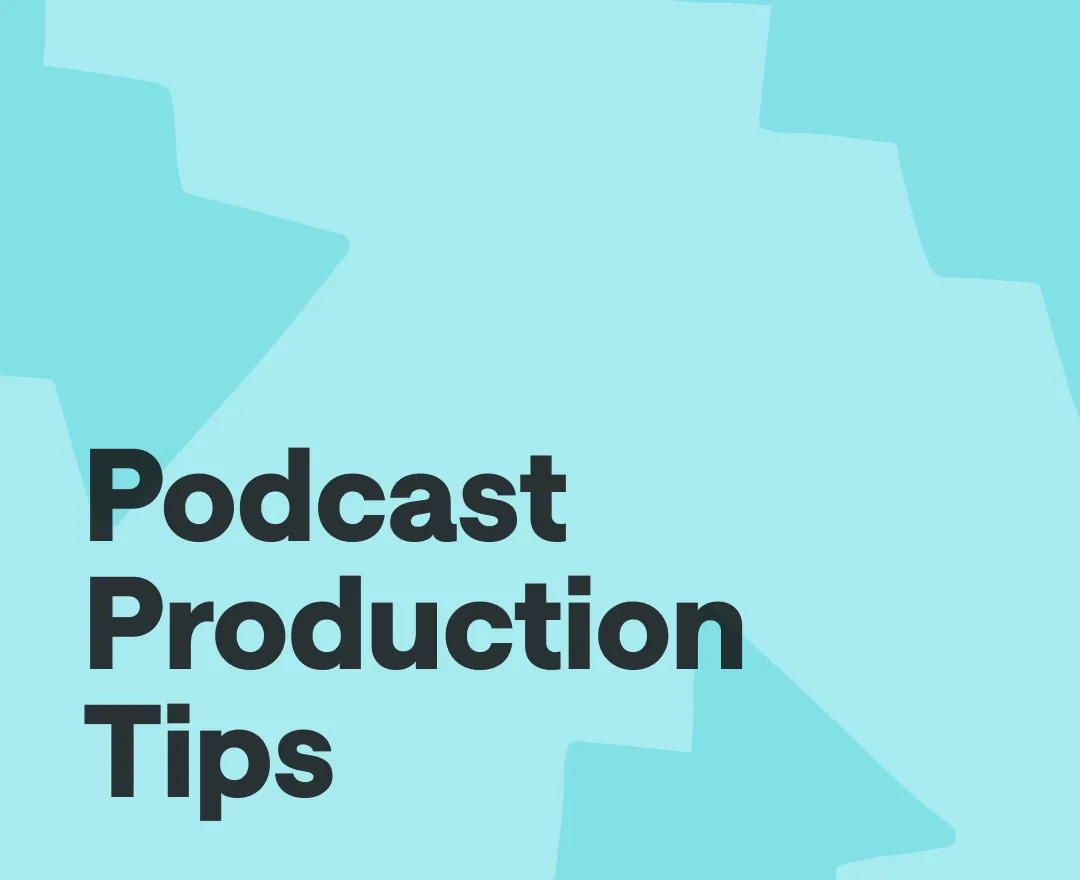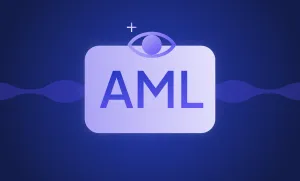Podcasting is a multi-billion dollar industry. Podcasts are booming like never before, with everyone and their dog tuning in to catch the latest shows on everything from true crime to cooking tips. But if you're a podcast creator, you know the reality: it's not just about hitting records and uploading an episode. Behind every polished episode is a lot of hard work and moving parts.
Efficient podcast production is crucial because it saves time and keeps you sane. It's easy to get overwhelmed when you're juggling episode planning, recording, editing, and marketing. That's why streamlining your workflow is key to maintaining consistency and quality without burning out.
Let's dive into some tips to save time and simplify your podcast production process. We'll cover practical strategies for organizing your workflow, integrating essential tools, and adopting practices that can make a world of difference.
Planning and Pre-Production
There's nothing worse than launching your podcast with a bang only to find yourself running out of steam after a few episodes. A smooth production process starts with thorough planning, and that's where a lot of podcasters stumble. Planning your podcast is about creating a sustainable concept that can carry you through the entire season without losing its spark. The Kanban method can help you visualize the work required and better manage it.
Brainstorming and Outlining Episodes
Start with a dedicated brainstorming session with your team. Make sure everyone involved is on the same page regarding the podcast's concept, format, and production process. This planning helps you build a content runway. This means having enough episodes ready to cover any unexpected hiccups, like a guest rescheduling, technical issues, or a team member falling ill.
Guest Coordination and Scheduling
One often overlooked aspect of planning is preparing your guests. Online forms can be a great idea here. Sending your guests a pre-interview form can help you gather crucial information, such as their bio, topics they're passionate about, and any specific questions they want to address. This saves you time during the actual recording and ensures that your conversation flows smoothly and stays on topic.
Recording Efficiently
The right environment can significantly enhance your sound quality, making your podcast more enjoyable for listeners.
Setting Up a Professional Recording Space
Choose a small and secluded space filled with soft surfaces like carpeting, curtains, and upholstered furniture. These materials absorb sound and reduce echo, preventing your audio from sounding muddy. Avoid large, empty rooms and hard surfaces like mirrors and tile, which can create unwanted sound reflections.
While full soundproofing might be out of budget, sound treatment can effectively manage how sound is absorbed and diffused within your space. Use acoustic panels to reduce echo, bass traps to capture low-frequency sounds, and diffuser panels to scatter sound evenly. These treatments help create a balanced sound that isn't overly dead or lively.
As for equipment, start with the basics: a quality microphone, comfortable headphones, a reliable computer, and an audio interface if needed. USB microphones are great, but XLR microphones paired with an audio interface offer more flexibility and quality.
Recording Techniques
Let’s start by mentioning that you don’t have to speak if you don’t want to. Exactly: you can have software to speak with your voice, with the right intonation, and the correct pronunciation. AI text-to-speech and voice cloning tools might just be what works for your podcast. However, if you prefer to record humans, here are a few tips for you.
Recording each speaker on a separate track gives you greater control over the audio during post-production. This setup allows you to adjust individual volume levels, remove background noise, and edit out mistakes without affecting the entire recording. Multitrack recording also simplifies editing when dealing with interruptions or overlapping speech. Instead of painstakingly splicing a single track, you can focus on the specific areas that need attention, making your workflow more efficient.
Maintaining studio-quality audio starts with proper microphone techniques:
- - Place your microphone at mouth height and a few inches away, with a pop filter in between to reduce plosive sounds.
- Consistency is key—keep your mouth at the same distance from the mic throughout the recording to avoid fluctuating volume levels.
- Monitor your levels in real time using your recording software's visual indicators.
- Aim to keep your volume in the green section for a natural, conversational tone, dipping into the yellow for emphasis and avoiding the red to prevent distortion.
The quality of the recording can be enhanced even further by using recording software that’s specialized in podcasting. It can address any issues with the sound of your voice in real-time and provide a great track that you can edit and include in your podcast.
Post-Production Workflow
Familiarize yourself with the shortcuts and templates available in your editing software. These can significantly reduce the amount of repetitive tasks. Creating show note templates and using scripts or outlines during recording also helps maintain clarity and coherence, making the editing process smoother.
Automated editing software can enhance audio quality with minimal manual effort, allowing you to focus on more critical aspects of your podcast. Plugins can automate noise reduction, leveling audio, and adding effects, which saves you from manually adjusting each episode. Consider using tools that automatically transcribe your podcast as well. These transcriptions can be repurposed for show notes, social media posts, or even blog content, maximizing the value of each episode.
Publishing and Promotion
Recording your podcast is an important part of the process, but it’s pointless if people don’t know it exists! This is where your SEO and PR come into play.
Optimizing Podcast Metadata
Optimizing podcast metadata is crucial for getting your show noticed and attracting more listeners. Metadata includes information about your show and episodes, such as titles, descriptions, tags, and author names. This means search engines and podcast directories can categorize your content.
To optimize your podcast for search engines, focus on crafting compelling titles and descriptions that include relevant keywords. These keywords should be reflective of the content and topics covered in your episodes. Ensure your tags accurately represent the themes and subjects of your podcast. Adding podcast transcripts can further enhance your SEO so search engines index and surface your content when users search for related topics.
Compelling titles and descriptions help with SEO and attract potential listeners by giving them a clear idea of what to expect from your show. High-quality episode artwork should look good and relevant to the content. Consistent branding and professional artwork help build credibility and make your podcast more attractive to new and returning listeners.
Advertising Podcasts Online
Advertising your podcast online is essential to growing your audience and increasing your show's visibility. One of the main strategies for marketing podcasts is through digital ad platforms like Zeropark, a global ad exchange that helps connect brands with consumers at important points in their customer journey. By leveraging Zeropark's commerce media solutions, you can target high-intent consumers and maximize your podcast's monetization potential.
In addition to traditional ad platforms, consider contextual advertising, which places your podcast ads within relevant content, ensuring that your promotions reach an audience already interested in your show's topics. Influencers can also introduce your podcast to their followers, providing a trusted recommendation that can drive new listeners to your show. These partnerships can take various forms, from shout-outs on social media to guest appearances on each other's podcasts.
Financial Management in Podcast Production
Effective financial management makes a successful podcast. Budgeting and planning ensure you don't overspend and can sustain your podcast over the long term.
Budgeting and Financial Planning
A clear budget helps you allocate funds appropriately, covering essential expenses like equipment, hosting, marketing, and guest appearances. Without a well-defined budget, you might find yourself struggling to cover costs or having to cut corners that could affect the quality of your podcast.
Automating financial tasks can significantly streamline your financial management process. Utilizing tools for accounts payable automation can simplify the process of submitting purchase orders, receiving invoices, and paying vendors promptly. Automating these tasks reduces errors and frees up your time to focus on content creation.
Monetizing Your Podcast
Monetizing your podcast is also an essential aspect of financial management that can turn your passion project into a profitable venture. There are several ways to monetize, such as podcast subscriptions, ads, and selling merchandise:
- Podcast subscriptions can provide a steady income stream if you have a loyal audience willing to pay for exclusive content.
- Ads are a scalable option that allows you to earn money based on your listener base size.
- Lastly, selling merchandise can generate additional revenue and deepen your connection with your fans.
That said, managing partnerships and ad revenue effectively is key to successful monetization. Whether you're managing your personal podcast or you're looking to optimize processes for your podcast agency, utilizing a client payment tracker can help you keep a record of all payments, gather important financial data, and avoid possible disputes in the future. It works on all levels. This tool can really boost efficiency by handling invoicing and payment reminders for you, letting you concentrate on what you do best—creating great content.
Continuous Improvement and Adaptation
Maintaining and growing your podcast's relevance and quality starts with gathering and analyzing listener feedback to understand your audience's preferences and identify areas for enhancement.
Gathering and Analyzing Listener Feedback
Regularly seeking feedback through surveys, reviews, and direct interactions makes making informed decisions about content and format changes much easier. Analyze this feedback, look for common themes or recurring issues, and then implement changes based on these insights.
Staying Updated with Industry Trends
Staying updated with industry trends is equally important to keep your podcast aligned with current developments and audience expectations. Be sure to follow news through blogs, podcasts, and webinars to keep your content relevant.
Time to start streamlining your podcast production process
Implementing these tips can significantly enhance your podcast production efficiency, allowing you to focus more on creating great content and building your audience. We also recommend exploring Podcastle’s AI tools to take your content creation journey to the next level!








